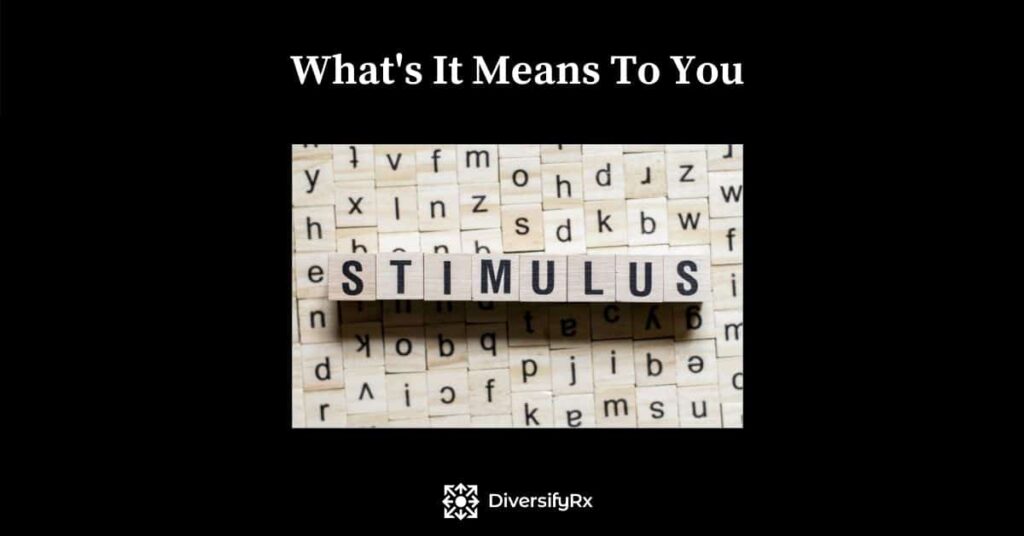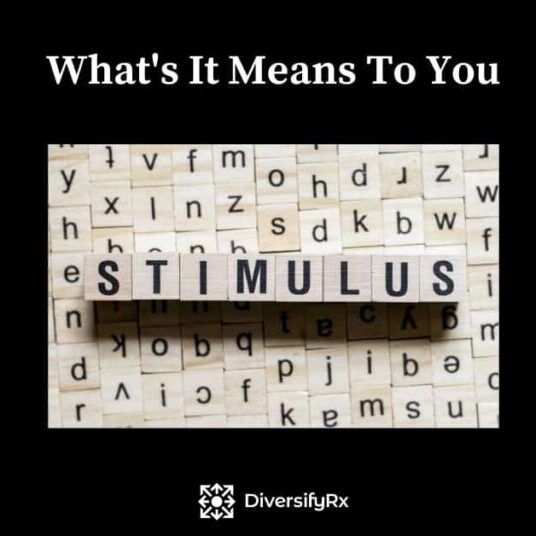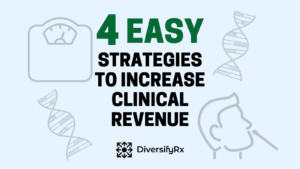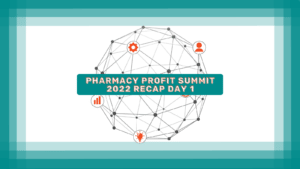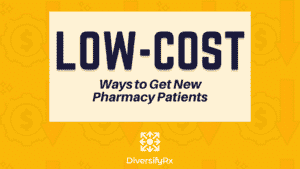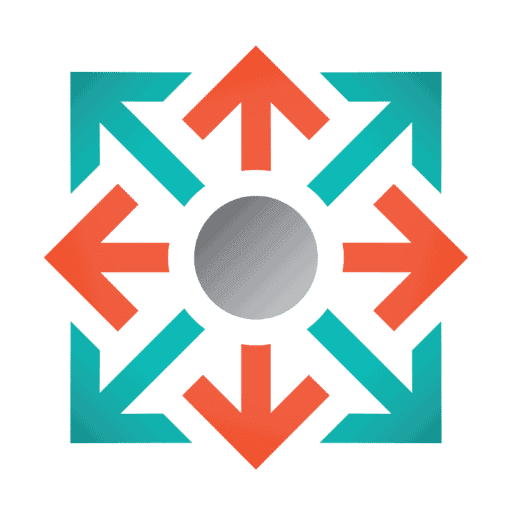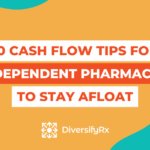COVID Relief PPP Update
Originally posted by Derek Carter from Ceterus. Read the original article HERE.
Finally, we have answers! Well, we almost have answers, but aren’t we tired of waiting? Both chambers of Congress passed the spending package, known as the “Consolidated Appropriations Act, 2021”, late Monday night. Now we wait for some final details to be ironed out and for the President to ultimately sign the Act into law. The nearly 5,600 pages cover a lot of ground. I will do my best to pull out the most relevant pieces of the Act as they relate to small businesses.
First, we should remember the past. The chaos of the CARES Act is still fresh and top of mind for many, I know it is for me. 50 blog posts, 30 videos, and 50 webinars in six months will keep anything top of mind. There has always been much to criticize, but we should give the government credit for one thing. The first time around they got money in the hands of small businesses very quickly, which was vital to keeping many in business through extremely difficult times.
The lack of guidance provided on the various assistance programs was hard to comprehend. It ended up being the wild, wild west. Businesses were told to hurry up and get in line. Get a PPP loan and figure out the rest later. Oh yeah, go get an EIDL Loan and Advance. Figure out those details later too. It only got worse when borrowers turned their attention to PPP forgiveness. Guidance on the topic came at random times (generally Friday nights) and over many months. Then the guidance changed, over and over again. We were all doing our very best to shoot at a moving target, while blindfolded. This is not to mention the other programs that were put in place like the Employee Retention Credit and various payroll tax deferral programs.
The good news is this bill will help clarify many lingering questions we have on existing programs. It will also define the programs that will be put in place in early 2021, like PPP2. It is very important to keep in mind that this bill will not be perfect. We will again wait for the SBA and Treasury Department to provide further guidance on the various programs as they begin to be implemented in the coming days and weeks.
The headings in each section match the headings in the Act if you care to dive into the 5,600 pages. Here we go…
Clarification of Tax Treatment of Forgiveness of Covered Loans
Way back in May, the IRS stated that expenses paid with forgiven PPP funds would not be tax-deductible. Their reason was simple – prevent a double tax benefit. The CARES Act stated borrowers would not be subject to a taxable event upon the forgiveness of their PPP Loan. This is not a standard tax policy. Because of this, the IRS chose to deem expenses paid for with forgiven PPP funds nondeductible.
Everyone involved with the PPP Program, maybe with the exception of Treasury Secretary Mnuchin, has been begging Congress to step in and make these expenses tax-deductible. The main concern regarding the IRS position was the potentially significant and unexpected tax liability this policy would create for the taxpayer in 2021. The bill addresses this.
The bill states that “no deduction shall be denied or reduced, no tax attribute shall be reduced, and no basis increase shall be denied, by reason of exclusion from gross income.” That is all to say that for all borrowers, expenses paid with forgiven PPP funds are fully tax-deductible. This applies to all covered loans in 2020, regardless of whether you have applied and/or received forgiveness. It also applies to the PPP2 program.
What do you need to know? Expenses paid with forgiven PPP funds are fully tax-deductible!
Additional Eligible Expenses
For those of you who have yet to obtain (or, more likely) file for PPP1 forgiveness, you have more options on how to spend the loan proceeds and more expenses you can use in your forgiveness application should you need them. Let’s cover the new eligible expenses:
- Covered Operations Expenditure – Includes payments for any business software or cloud computing service that facilitates business operations, product or service delivery, the processing, payment, or tracking of payroll expenses, human resources, sales and billing functions, or accounting or tracking of supplies, inventory, records and expenses
- Covered Property Damage – Includes a cost related to property damage and vandalism or looting due to public disturbances that occurred during 2020 that was not covered by insurance or other compensation
- Covered Supplier Cost – Includes payment made to a supplier of goods that are essential to the operations of the entity at the time at which the expenditure is made and is made pursuant to a contract in effect at any time before the covered period or with respect to perishable goods in effect before or at any time during the covered period
- Covered Worker Protection Expenditure – Includes operating or capital expenditure to facilitate the adaptation of the business activities to comply with requirements established by various federal, state, and local organizations beginning on March 1, 2020, and ending on the date on which the national emergency order expires related to the maintenance of standards for sanitation, social distancing or any other worker or customer safety requirement related to COVID-19 (various examples are included in the bill)
What do you need to know? For the 40% of the nonpayroll expenses you can fund with the PPP loan, you have many, many more options.
Selection of Covered Period for Forgiveness
The bill amends the definition of the covered period to say, the covered period means the period beginning on the date of the origination of a covered loan and ending on a date selected by the borrower that occurs during the period
- Beginning on the date that is 8 weeks after such date of origination and
- Ending on the date that is 24 weeks after such date of origination
What do you need to know? You can select the end of your covered period. It can be any date between 8 and 24 weeks from the date of origination.
Simplified Forgiveness Application
Borrowers with loans of not more than $150,000 will be allowed to sign and submit a 1-page certification to their lender. This 1-page document will ask for:
- Description of the number of employees retained because of the PPP loan
- The estimated amount of the loan spent on payroll costs
- Total loan value
- Attest that the borrower accurately provided the required certification and complied with all applicable requirements
It is important to note that borrowers are required to retain records relevant to loan forgiveness for 4 years relating to payroll documentation and 3 years for all other related forgiveness documentation.
What do you need to know? The SBA/Treasury Department has 24 days after enactment of this bill to establish this 1-page document. Forgiveness for all borrowers with loans under $150,000 just got significantly easier. Borrowers and lenders are celebrating!
Paycheck Protection Program Second Draw Loans (PPP2)
The bill creates a second round of PPP loans for those that have already borrowed under the first program created by the CARES Act. It is important to point out that PPP1 was extended for those that did not take advantage of the program prior to its expiration in August.
- Borrowers are eligible if they have fewer than 300 employees and can establish that they experienced a 25% reduction in gross receipts during any quarter in 2020 compared to the same quarter in 2019 (the definition of gross receipts to come from the SBA within 10 days of the bill passing).
- Loan amounts will be determined by multiplying 2.5 by the average monthly payroll for the 1-year period before the date on which the loan is made or calendar year 2019, limited to $2 million.
- For borrowers in the hospitality industry (NAICS 72 entities), the same loan amount calculation as above except average monthly payroll will be multiplied by 3.5
- Note: Like PPP1, seasonal employers and newer entities have their own set of rules
- The 60/40 rule continues to apply. In order to achieve 100% forgiveness, you have to spend a minimum of 60% of loan proceeds on payroll costs
- All rules that were in the sections above will apply to the PPP2 program
- Loan forgiveness rules related to PPP1 and the changes noted in the sections above will apply to the PPP2 program
- PPP2 borrowers are allowed to claim the Employee Retention Credit; however, wages for which a credit is computed will NOT be treated as forgivable payroll costs
- Forgiveness will not be reduced by EIDL Grant/Advance amounts received
What do you need to know? PPP2 has been established and will largely operate the same as PPP1 (as now clarified). The major difference for those in the hospitality industry as loans will be 3.5 times the average monthly payroll. Additionally, no penalty for EIDL Grant/Advances received.
Clarification of Tax Treatment of Certain Loan Forgiveness and Other Business Financial Assistance
- Emergency EIDL Grants and Targeted EIDL Advances – Is not taxable income. Expenses paid with the advance will continue to be deductible.
- Subsidy for Certain Loan Payments – Any payment described in section 1112 of the CARES Act (relates to the SBA making principal and interest payments for 6 months on SBA backed loans) will not be taxable income.
What do you need to know? EIDL Grants and loan payments made on your behalf by the SBA will not be taxable.
Extension of the Debt Relief ProgramAs discussed above, the CARES Act authorized the SBA to make principal and interest payments for six months on existing Section 7 loans. This bill expands that period of time by having the SBA make principal and interest payments for 3 more months, beginning with the first payment after February 1, 2021. Additionally, the bills calls for an additional 5-months of payments to be made for certain entities (NAICS Codes beginning with 61, 71, 72, 213, 315, 448, 451, 481, 485, 487, 511, 512, 515, 532, or 812)
What do you need to know? You will get some cash flow relief related to this extension by avoiding making 3 months’ worth of loan payments.
Extension of Certain Deferred Payroll Taxes
Employers were allowed to defer Social Security tax on wages paid from September 1, 2020, through December 31, 2020. These amounts were to be paid by April 30, 2021, without penalty. The date for repayment without penalty has been extended to December 31, 2021.
What do you need to know? If you deferred employee social security taxes, you have longer to repay them before you face penalties and interest.
Extension of Credits for Paid Sick and Family Leave
The Families First Coronavirus Response Act (FFCRA) requires certain small businesses to pay up to 10 weeks of family leave when an employee couldn’t work because a child was without school or care at two-thirds the employee’s regular rate. Additionally, it calls for up to 2 weeks of sick leave to be paid at the employee’s regular rate for a variety of COVID-19 related reasons.
Employers qualify for a dollar-for-dollar reimbursement through payroll tax credits for all qualifying wages paid under the FFCRA program. The credit provision of the FFCRA has been extended from December 31, 2020, to March 31, 2021.
What do you need to know? You have an additional quarter to claim the credit for paid sick and family leave set forth by the FFCRA.
Extension and Modification of Employee Retention and Rehiring Tax Credit (ERC)
The ERC was widely discussed as a potentially better alternative to the PPP Program in the early summer months. The ERC was a credit to the entity’s payroll tax liability. The credit was equal to 50% of the first $10,000 of qualified wages paid to an employee during an eligible quarter (the maximum credit per employee is $5,000). Eligibility began in a 2020 quarter in which the business was shut down by government order or experienced a 50% reduction in gross receipts compared to the same quarter in 2019. Eligibility ended when a business achieved 80% gross receipts in the 2020 quarter compared to the same quarter in 2019. The ERC had an added layer of complexity in that the calculation was different if the business had more than 100 employees. The credit for those with 100 employees or more would only be calculated on employees that could not work.
This bill changes the ERC rules substantially. First, the ERC program is extended to July 1, 2021. The credit is now equal to 70% of qualified wages. Qualified wages are expanded to $10,000 paid to an employee per quarter. Eligibility begins in a quarter the business experienced a 20% reduction in gross receipts compared to the same quarter in 2019. The 100 employee rule that drove certain calculations has been expended to 500 employees. Additionally, you can now take out a PPP loan and claim the ERC. However, any wages upon which the ERC is calculated would not be forgivable costs under the PPP program. These changes apply to calendar quarters beginning after December 31, 2020.
What do you need to know? You can take advantage of both PPP and the ERC now. Keep in mind that wages used to obtain a credit will not be included in the forgivable payroll costs for PPP purposes. The ERC program has been loosened substantially and could provide much-needed relief to small businesses.
Temporary Allowance for Full Deduction for Business Meals
You can now fully expense food or beverages provided by a restaurant for all of 2021 and 2022. This is effective for amounts paid or incurred after December 31, 2020.
What do you need to know? This is a nice deduction for taxpayers for the next couple of years.
We made it through. Please keep in mind that this Act, all 5,600 pages of it, were released yesterday (12.21). There is a ton of information to take in and evaluate. We will continue to review the Act in detail to ensure we get you the most accurate and relevant information possible. As guidance is released by the SBA, we will keep you updated. Please be on the lookout for upcoming webinars and future posts on this Act.
DiversifyRx is committed to keeping you up to date on all things related to the success of your pharmacy business. For more financial insights read our 14 Strategies to Improve Pharmacy Cash Flow.


